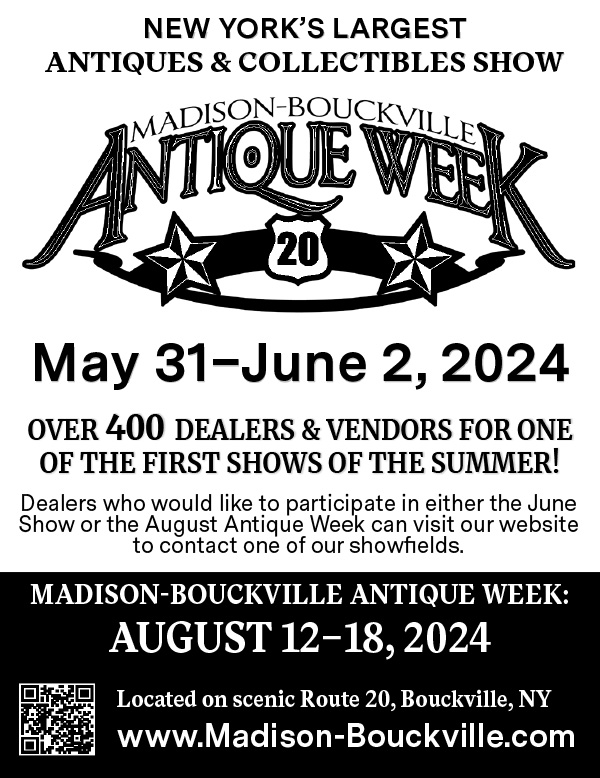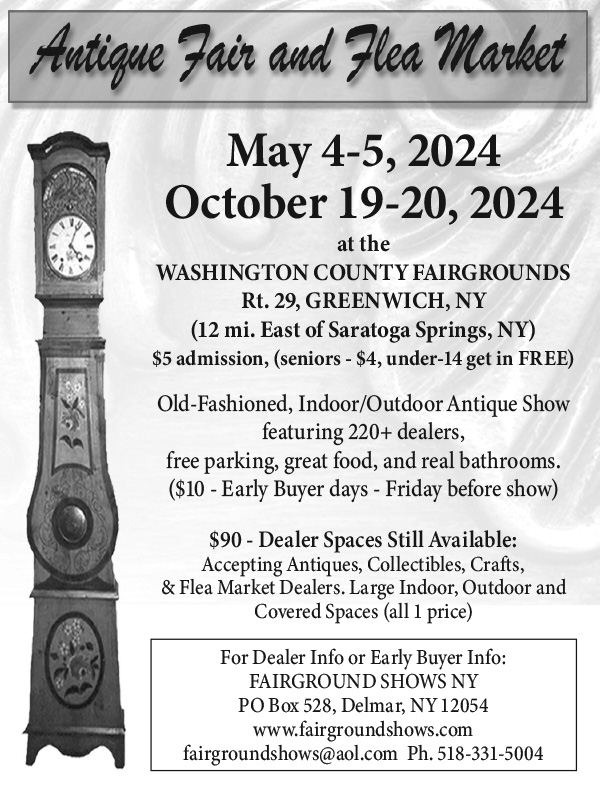With public school systems and teachers and parents continuing to wonder about what will happen if and when the school year begins, we suppose it seems a little shallow to think about the business of antiques. Yet the “antiques trade” generates in the billions of dollars each year and ripples through the economy in many ways. For many, it is a small business or a hobby-business. It’s also a business that impacts landlords, and service clubs, and churches and even publications! On the consumer side, it has been an interesting diversion or a serious quest to collect. In short, many people have missed the opportunity to have face-to-face dealings in antiques.
Locally, we were pleased to see an auction where buyers could once again sit in the gallery or attend a preview. Our schedule did not allow us the opportunity to attend, but it seemed like the “new normal” was a bit more like the “normal normal.” With some antiques malls also reopening, we hope to see things progress to the point that some of the shows that have been cancelled will begin to come back. Where do we stand? We are hopeful that, post-pandemic, the many shows, auctions and dealers that have been part of the small business side of the antiques trade will re-emerge to renew the long-standing relationships that many have enjoyed over the years.
A note on the recent auction held by Schultz Auctioneers. We saw a number of “fixer-upper” bicycles do quite well – in our opinion. Perhaps the recent pandemic-related demand for bicycles and the shortage of new models will prompt a wider interest in restoring the bikes of the 1950s.
From a nostalgia standpoint, this publisher still remembers going to a shop with his father and coming home with his first “big boy” bicycle. It was a 20” used Schwinn. Good, solid bike that needed no streamers or bells or fancy paint (though balloons were sometimes attached for the spokes to create a motor sound).




